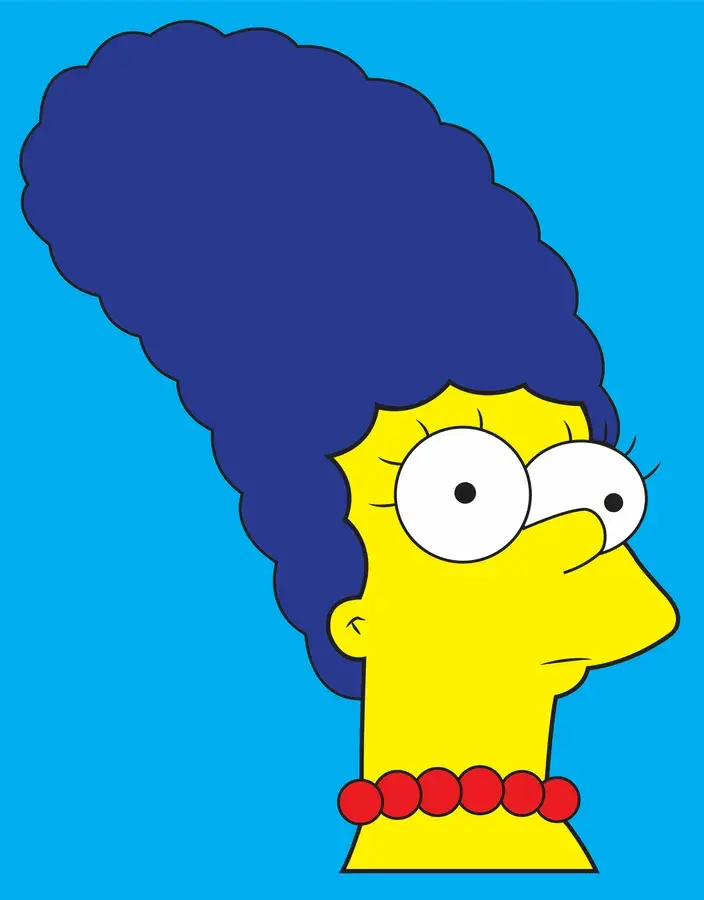The ancient Egyptians were the first to invent the toothbrush, dating back to around 5000 BC. The world’s first toothbrush was made in Egypt
You must log in or register to comment.
Not a showerthought ?
I think about historical dental care a shocking amount.
At least 9 out of 10 thoughts are about it
And conspiracy theorists are all about that 1 thought.
This would go great in TIL rather than showerthoughts




